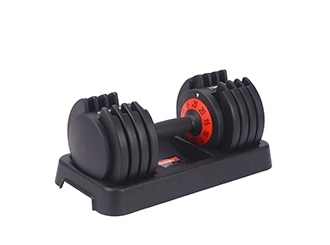
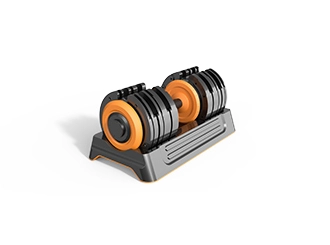
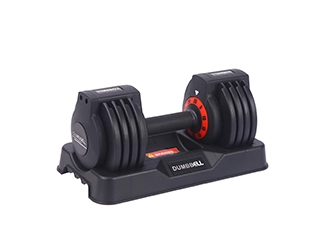
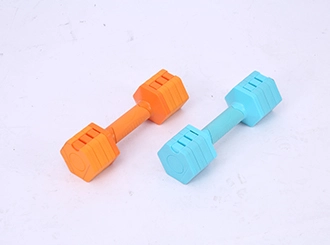
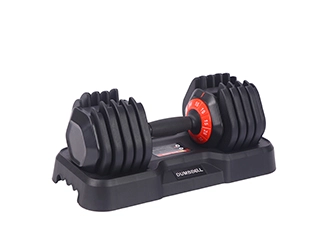
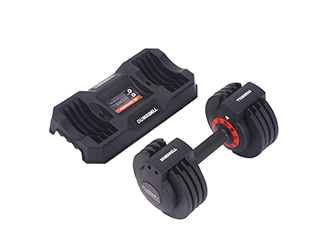
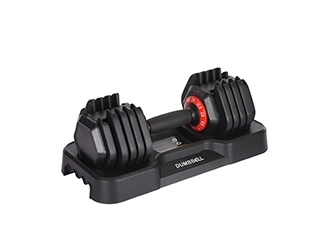
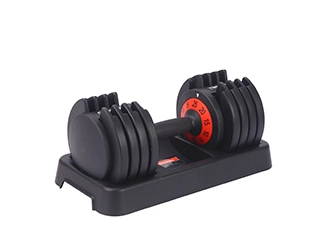
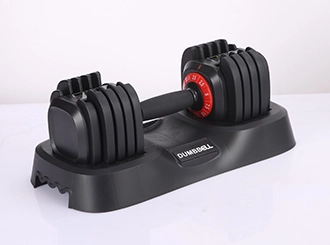
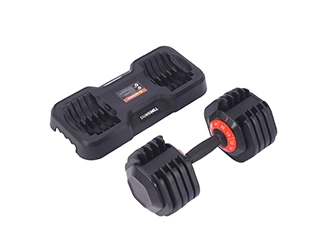
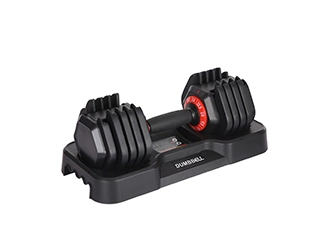
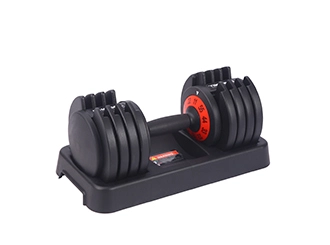
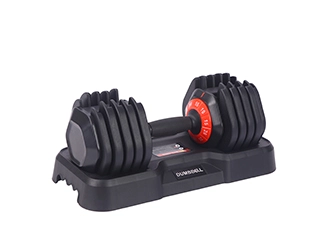
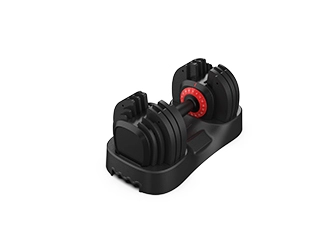
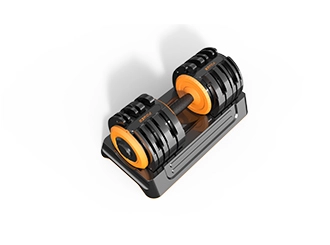
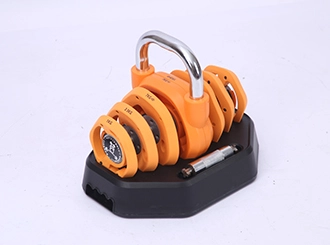
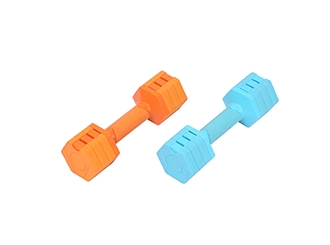
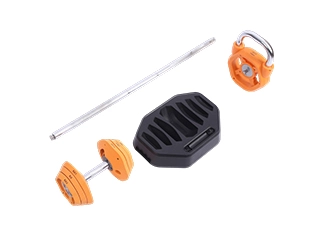
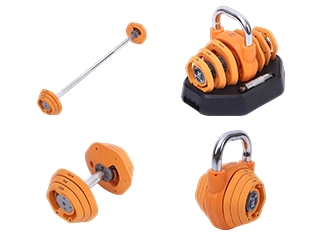
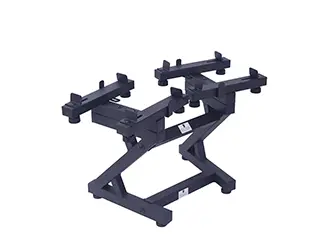
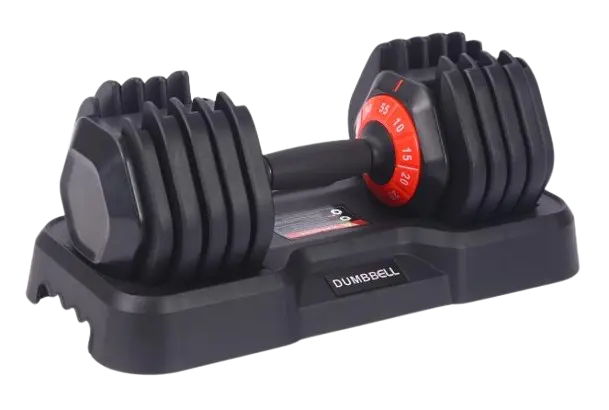
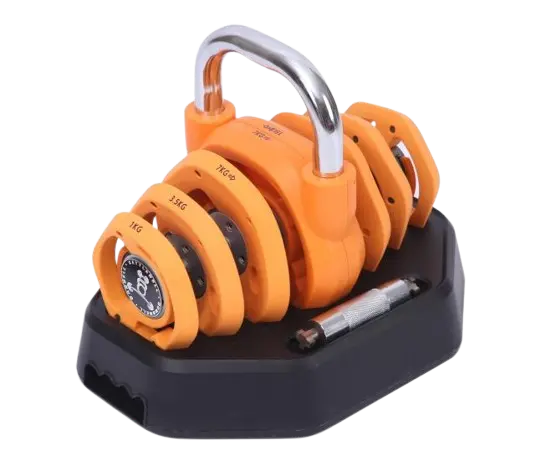
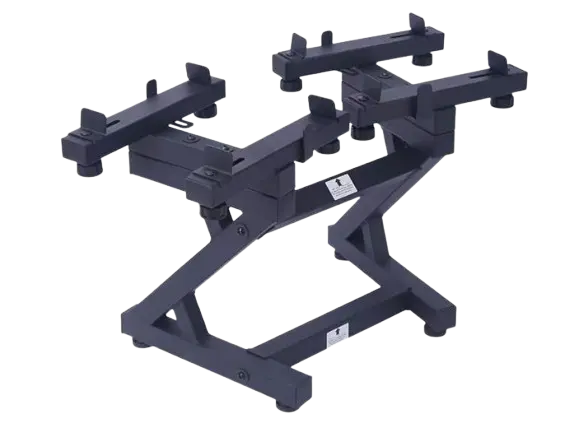























The fitness industry has witnessed significant growth in recent years, particularly in the market for adjustable dumbbells, which offer versatility and space-saving benefits. As demand increases, manufacturers must optimize production processes to maintain quality, reduce costs, and enhance delivery speed. This research explores best practices for improving efficiency in the manufacturing of adjustable dumbbells, focusing on injection molding and metalworking.
Injection Molding is a widely used method for producing plastic components of adjustable dumbbells, such as grips and housings. The process involves injecting molten plastic into a mold, where it cools and solidifies into the desired shape. Metalworking, on the other hand, encompasses various techniques used to create metal components, including forging, machining, and welding, which are essential for parts like weights and structural frames.
Mold Design Optimization: The design of the mold significantly impacts production efficiency. Employing advanced CAD software allows manufacturers to create molds that minimize material waste and improve cycle times. Incorporating features like hot runner systems can enhance material flow, reducing the need for additional processing.
Material Selection: Choosing the right plastic materials is crucial for both performance and cost-effectiveness. High-strength, lightweight polymers such as polycarbonate or ABS can provide durability without adding excessive weight. Additionally, sourcing recycled materials can lower costs and appeal to environmentally conscious consumers.
Automation and Robotics: Implementing automation in the injection molding process can significantly boost efficiency. Automated systems for loading materials, controlling temperature, and monitoring cycle times reduce labor costs and increase consistency. Robotics can also assist in removing finished parts from molds, further accelerating production.
Regular Maintenance and Upgrades: To ensure optimal performance, regular maintenance of molding machines is essential. Scheduled maintenance prevents unexpected downtime and prolongs equipment lifespan. Additionally, investing in newer technology and machinery can enhance production rates and precision.
Process Integration: Integrating various metalworking processes, such as machining and welding, can streamline production. For instance, using CNC (Computer Numerical Control) machining allows for precise shaping of metal parts, which can then be easily assembled into adjustable dumbbells. This integration reduces the time and labor required for separate processes.
Lean Manufacturing Principles: Adopting lean manufacturing principles helps eliminate waste throughout the production process. This includes optimizing workflows, minimizing inventory, and enhancing supplier collaboration. For example, using just-in-time (JIT) inventory systems can reduce storage costs and ensure materials are available when needed.
Quality Control: Implementing robust quality control measures during metalworking is essential to maintain product integrity. Techniques such as Six Sigma can help identify defects and streamline processes, ensuring that only high-quality components are used in final assembly. Regular inspections and testing of metal parts also prevent costly recalls.
Employee Training and Involvement: Investing in employee training enhances productivity and safety in the workplace. Encouraging workers to provide input on process improvements fosters a culture of continuous improvement. Cross-training employees in various metalworking techniques ensures flexibility in production and allows for quicker adaptation to changing demands.
Optimizing the manufacturing processes for adjustable dumbbells through best practices in injection molding and metalworking is essential for meeting increasing consumer demand while maintaining quality and cost-effectiveness. By focusing on mold design, material selection, automation, and regular maintenance in injection molding, as well as integrating processes, adopting lean principles, enforcing quality control, and investing in employee training in metalworking, manufacturers can significantly enhance their operational efficiency. As the fitness market continues to evolve, these strategies will be vital in sustaining competitive advantage and driving innovation in product offerings.